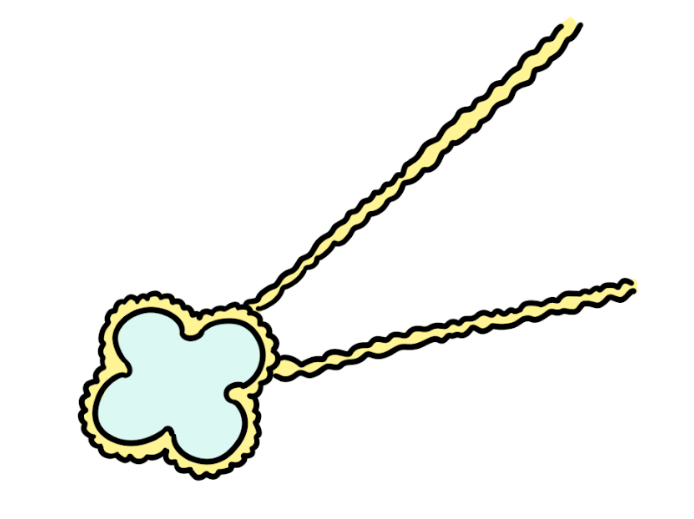As I prepared for the start of the school year, along with summer reading and dorm shopping, I spent far too much time worrying about blazers and what they would represent. Despite this concern, I still failed to recognize the true problem within Deerfield dress, which surprisingly has nothing to do with lapels.
Contradictory to what I had presumed, I found myself immediately engulfed in a sea of navy blue and black blazers whose prices were indistinguishable from each other. I don’t know exactly what I had expected, but I had some obscure idea that blazers would be a huge defining factor here, especially since they were new to Deerfield. I had thought that it would be easy to distinguish between blazers based on the brands and prices, when in reality, they all look fundamentally identical.
At first I was relieved that I wouldn’t have to worry about any kind of judgement regarding blazers, but soon realized that there were so many other things to base socio-economic status on. I had been so focused on what blazers would represent, that I overlooked the actual differentiating clothing: what people wore under their blazers.

I began to notice obvious patterns in what girls were wearing, often seeing the same skirt or dress on multiple people in one day. Undoubtedly, there will always be popular trends anywhere you go, but there is one clear difference at Deerfield. Here, though these clothes seem like just another fad or style that girls just happen to like, they also manage to connote wealth based on their high prices.
Prior to the school year, Deerfield Academy shared a page on blazer shopping with parents and students. It contained a list links of stores selling blazers sorted by price. The page also included a short introduction asking that girls refrain from buying extremely expensive blazers that would unintentionally exclude others without the same resources. I would argue that this advice applies so much more to the rest of the Deerfield dress code than blazers. A $50 and $250 blazer are almost impossible to tell apart. In contrast, there are innumerable pieces of clothing or accessories on campus that clearly display certain brands associated with major wealth.
Because these items are such a staple here, it is clear who is wearing them and who isn’t. Whether it is because they simply decide not to buy into certain trends or because they lack the money to, there are many Deerfield girls not partaking in these fashions. Obviously, there is absolutely nothing wrong with not having specific brands. Despite this, the environment here makes these certain items seem like things you just have to have and implies that those who possess them fit in better or are somehow superior.
This kind of atmosphere is practically universal, but specifically at Deerfield, trends are almost always the most expensive or high-end version of an item. Whether it’s Van Cleef necklaces, LoveShackFancy skirts, or Golden Goose sneakers, there are clear markers of wealth found in a girl’s everyday clothing. These kinds of clothing create an unofficial uniform for the Deerfield girl. While no one will be dress coded for not having these items, there is a definite unspoken status that comes with the ability to buy and wear certain clothes.
Naturally, many communities experience similar things, but why are we allowing our school to conform to such toxic patterns? Deerfield should able to prepare its students for their futures without adopting the most harmful habits of the real world.
I am certainly not suggesting uniforms for Deerfield, but we can begin to encourage this improvement by considering what kind of environment we are contributing to when choosing what we wear. We should be buying clothing because of how it actually looks, not the status or ideas it will portray. Sure, trends are trends for a reason, but also we must be sure that we aren’t dressing the way we do solely because everyone else is. These kinds of changes can not only encourage individuality in dress, but also relieve pressure from Deerfield students to conform to certain styles and trends.
The culture at Deerfield connecting socio-economic status to the clothing a girl wears is one of the school’s biggest flaws. In some aspects, such an atmosphere is inevitable while still allowing freedom of dress. The school can’t simply limit the amount of money spent on an outfit. However, it is clear that the pressure and negative influences created by clothing are extremely detrimental to our school’s famously welcoming community. If our choices of how to dress continue to resemble wealth and status competitions, Deerfield will no longer be the school we all fell in love with. We as students are the only ones who can make a major change in our culture.

